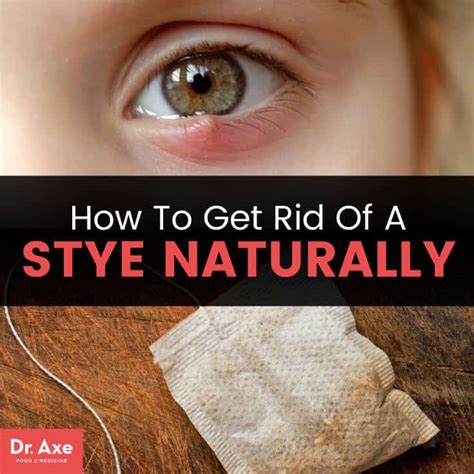How to Heal a Stye: Home Remedies and When to See a Doctor
A stye, or hordeolum, is a painful, red bump that forms on the eyelid. It's caused by an infected eyelash follicle or oil gland. While usually not serious, a stye can be irritating and unsightly. This guide will walk you through effective home remedies and when it's crucial to seek professional medical attention.
Understanding Styes: Causes and Symptoms
Before diving into treatments, let's understand what causes a stye. The primary culprit is bacteria, often Staphylococcus aureus. This bacteria can infect the glands in your eyelid, leading to inflammation and the characteristic bump.
Common Symptoms of a Stye:
- Pain and tenderness: The affected area will likely be sore to the touch.
- Redness and swelling: A noticeable red bump will appear on the eyelid.
- Pus: A white or yellow head may develop as the infection progresses.
- Itching: Some experience itching around the stye.
- Crusting: A crust may form over the affected area.
Effective Home Remedies for Stye Treatment
Many styes heal on their own within a week or two. However, these home remedies can help speed up the healing process and alleviate discomfort:
1. Warm Compress: Your First Line of Defense
Applying a warm compress is arguably the most effective home remedy. The warmth helps to soothe the inflammation and encourages drainage of pus.
- How to: Soak a clean washcloth in warm (not hot!) water. Wring out excess water and gently apply the compress to your closed eyelid for 10-15 minutes, several times a day. Never rub the stye.
2. Cleanliness is Key: Hygiene Practices
Maintaining good hygiene is crucial to prevent the spread of infection and promote healing.
- Avoid touching your eyes: This prevents further contamination.
- Wash your hands frequently: Thoroughly wash your hands before and after touching your eye area.
- Clean your eyelids gently: Use a clean washcloth to gently cleanse your eyelids with warm water.
3. Over-the-Counter (OTC) Medications
While not a cure, OTC pain relievers like ibuprofen or acetaminophen can help manage pain and inflammation.
When to See a Doctor
While most styes resolve on their own, it's essential to seek medical attention if:
- The stye doesn't improve after a week. Persistent symptoms warrant a doctor's visit.
- You experience significant pain or swelling. Severe discomfort could indicate a more serious condition.
- You develop multiple styes. Recurring styes may indicate an underlying medical issue.
- You notice vision changes. This is a serious sign requiring immediate medical attention.
- The stye is unusually large. A large stye might require professional intervention.
Preventing Future Styes
Practicing good hygiene and taking preventative measures can help reduce your risk of developing future styes.
- Wash your hands regularly.
- Avoid touching your eyes.
- Clean your contact lenses properly.
- Use clean makeup brushes and applicators. Replace makeup regularly.
- Get enough sleep and maintain a healthy immune system.
Disclaimer: This information is for general knowledge and doesn't constitute medical advice. Always consult a healthcare professional for diagnosis and treatment of any medical condition. Self-treating can be risky; professional medical advice is crucial for optimal care.
